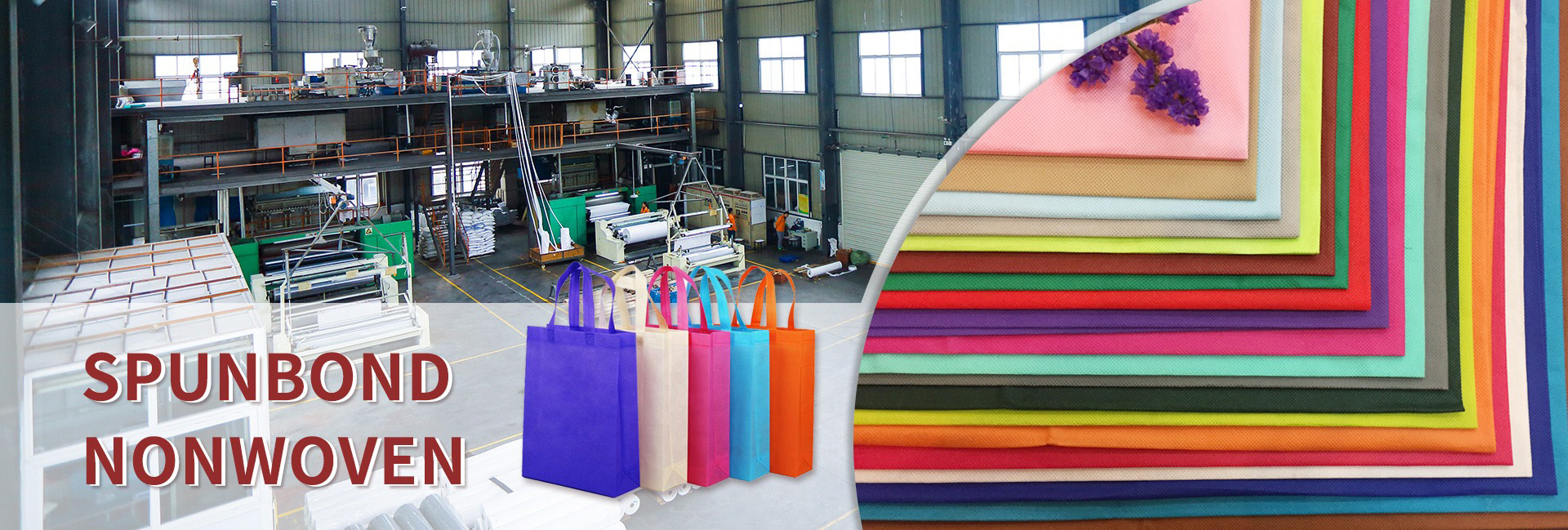Since almost a century ago, nonwovens have been produced industrially. With the world’s first successful needle punching machine developed in 1878 by the British company William Bywater, the industrial production of non-woven fabric in the modern sense got underway.
Only after World War II did the nonwoven fabric industry begin to truly produce in a modern manner. The world is meaningless now that the war is over, and there is a growing market for different kinds of textiles.
Because of this, non-woven fabric has grown quickly and has passed through four stages thus far:
1. From the early 1940s to the mid-1950s is the budding period.
The majority of non-woven cloth manufacturers employ natural materials and ready-made prevention equipment to make the necessary modifications.
Only a few nations, including the United States, Germany, and the United Kingdom, were conducting research on and manufacturing non-woven fabrics during this time. The majority of their offerings were thick, non-woven fabrics that resembled batts.
2. The 1960s and the end of the 1950s are the commercial production years. Non-woven materials are currently made using a lot of chemical fibers and primarily two types of technology: wet and dry.
3. During a crucial developmental phase spanning from the early 1970s to the late 1980s, a comprehensive range of production lines for polymerization and extrusion techniques emerged. The quick development of numerous unique non-woven fabrics, including microfiber, low melting point fiber, thermal bonding fiber, and bicomponent fiber,has rapidly promoted the progress of the non woven material industry.Global non-woven production reached 20,000 tons during this time, with an output value exceeding $200 million USD.
This is a nascent sector founded on the collaboration of the petrochemical, plastic, fine, paper, and textile industries. In the textile industry, it is referred to as the “sunrise industry.”
4. Non-woven businesses have expanded dramatically during the global development era, which began in the early 1990s and continues to this day.
The non-woven fabric technology has grown more sophisticated and mature, the equipment has become more sophisticated, the performance of non-woven materials and products has been greatly improved, and the production capacity and product series have been continuously increased through technological innovation of equipment, optimization of product structure, intelligent equipment, market branding, etc.One after the other, new applications, technologies, and products are released.
In addition to machinery manufacturers introducing entire sets of spin-forming and melt-blown non-woven cloth production lines to the market, this period has seen a rapid advancement and application of these technologies in the manufacturing of non-woven cloth.
During this time, there was also a significant advancement in the technology of dry-laid nonwovens. The non-woven spunlace fabric was introduced into the market, and technologies like hot-rolling bonding and foam impregnation bonding were adopted and made common.
Post time: Dec-03-2023

